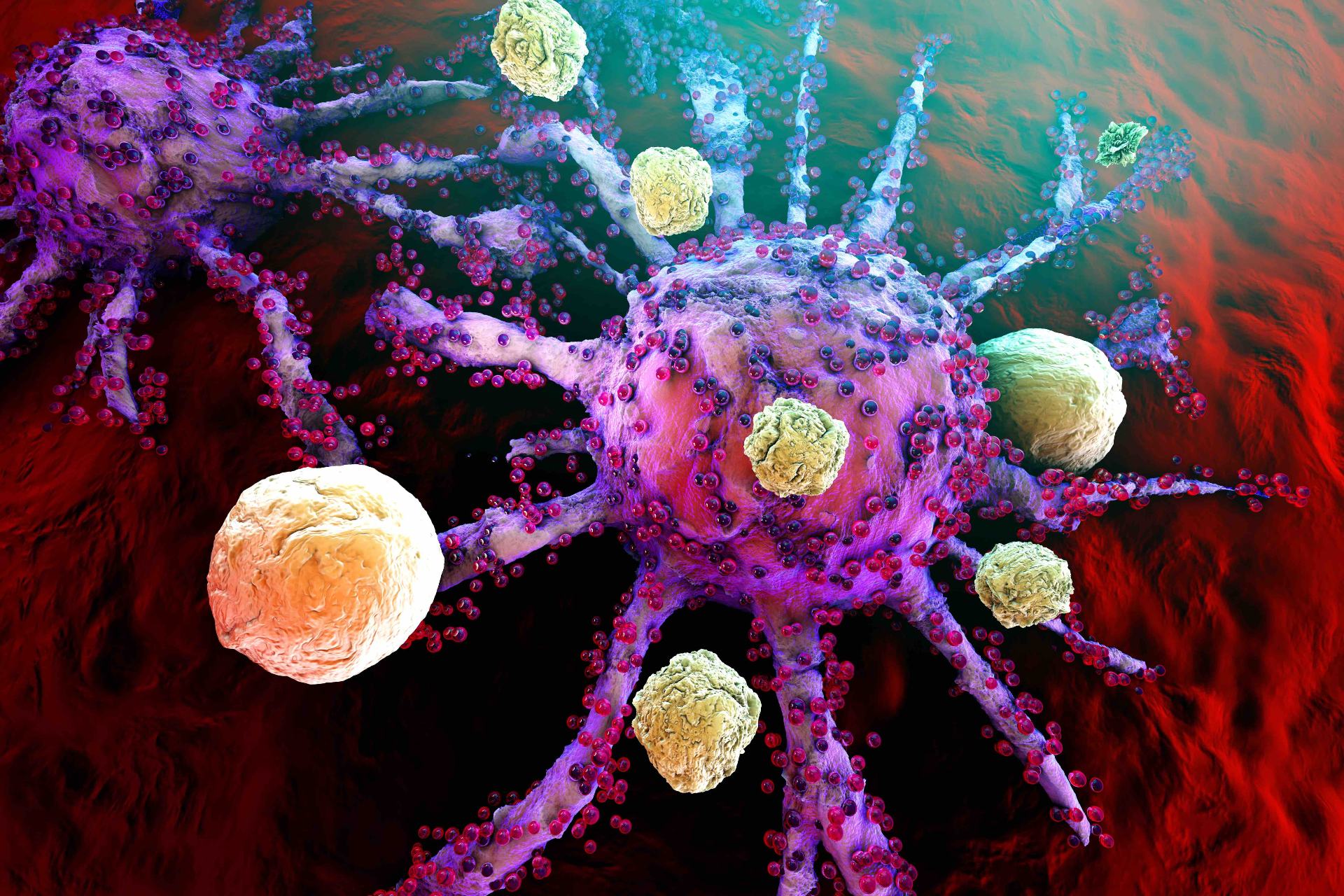Article
NCI Researchers Find Drug May Prevent Resistance in Toxin-Based Leukemia Treatment
Author(s):
A new study recently published in Proceedings of the National Academy of Sciences has identified a possible solution for improving the efficacy of moxetumomab pasudotox, or moxe, in patients with relapsed and chemotherapy-resistant acute lymphoblastic leukemia.
Prior clinical studies of B-cell acute lymphoblastic leukemia (ALL) in children have suggested that an experimental drug that includes a bacterial toxin could provide a potential new treatment option. However, the benefits of the therapy, developed by the National Cancer Institute (NCI), were limited due to patients quickly developing resistance to the drug.
A new study recently published in Proceedings of the National Academy of Sciences has identified a possible solution for improving the efficacy of moxetumomab pasudotox, or moxe, in patients with relapsed and chemotherapy-resistant ALL. Moxe is an immunotoxin that consists of 2 fused components: a piece of an antibody that targets a molecule called CD22 and a piece of a toxin from Pseudomonas bacteria. The immunotoxin attacks cancer cells by binding to CD22 upon entering the cell and releasing the toxin, which then blocks the cell’s ability to make proteins.
Although relapsed and chemotherapy-resistant childhood ALL is uncommon, when the cancer does return it can be difficult to treat. In addition, first-line treatments for childhood ALL have serious adverse events, so researchers have been working to develop treatments that are more targeted and less toxic.
“Targeting cell surface molecules that are found at unusually high levels in acute leukemias is considered an important addition to standard therapy,” said Marina Konopleva, MD, PhD, of the University of Texas MD Anderson Cancer Center, in a statement, although she was not involved in the new study.
Researchers have developed a mouse model in order to study moxe resistance in ALL. The study showed that immune-deficient mice injected with human ALL cell lines developed leukemia in the blood and bone marrow, and although the mice initially responded to moxe, they quickly became resistant. In order to address this resistance, NCI researchers and colleagues combined the drug 5-azacytadine (azacitidine or AZA) with moxe, which showed promise in overcoming resistance to the therapy.
In addition, researchers found that moxe-resistant cells had reduced levels of CD22 and survived in distinct locations in the animals’ bone marrow before spreading to other parts of the body. This discovery “is interesting because in other leukemias where there are targeted therapies [that have] targets like CD22, what we’ve seen in patients is that… frequently at the time of relapse the patients’ tumor cells lose the target,” said Andrew Lane, MD, PhD, of the Dana-Farber Cancer Institute, a leukemia researcher who was not involved in the study.
However, the mice that were pre-treated with AZA had greatly improved responses to moxe. In 1 specific mouse model, AZA prevented resistance to the drug from developing and the regimen eliminated the leukemia entirely.
Identifying a drug “that prevents resistance so efficiently” in an animal model is “pretty amazing,” said the lead investigator of the study, Ira Pastan, MD, of NCI’s Center for Cancer Research.
A subsidiary of AstraZeneca, MedImmune, licensed moxe from the NCI and has worked with NCI’s Cancer Therapy Evaluation Program to develop the drug further; however, the company has not said whether it will pursue clinical trials of the combination of moxe and AZA.
Pastan said that moxe alone or combined with other therapies could eventually be considered a first-line treatment for hairy cell leukemia and possibly other cancers that have high CD22 levels, but first the drug must be proven safe and effective through further research.
Reference
Muller F, Cunningham T, Stookey S, et al. 5-Azacytidine prevents relapse and produces long-term complete remission in leukemia xenografts treated with moxetumomab pasudotox [published online February 20, 2018]. PNAS. doi: 10.1073/pnas.1714512115.





